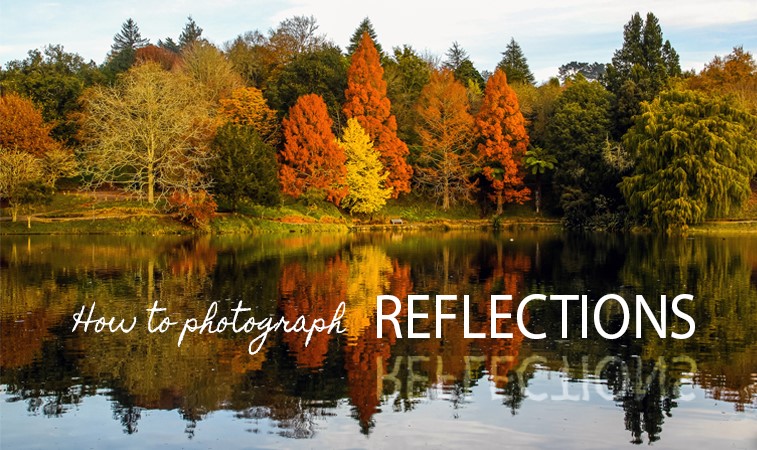
What is Reflection Photography?
Reflection photography is when you use reflective surfaces to create an artistic image of a scene. Reflections come in many different forms, from dramatic landscapes to detailed macro. So here are a few basic techniques to help you achieve better results when photographing reflections.
You will need:
- Camera.
- Wide Angle Lens (recommended but not necessary). Technically, any lens will work for reflection photography. A wide angle lens will allow you to capture more in your image. A zoom lens or a prime lens may be better suited depending on what you plan to photograph, so it’s a good idea to keep a couple of different lenses with you.
- Tripod (for shooting in low light or with slow shutter speeds).
- Shutter Release Cable (for long exposures).
- A polarizing filter will help you to control the amount of surface shine from the water.
- A graduated neutral density filter will help ensure that the sky isn't overexposed. It also allows longer shutter speeds, so water in your scene is smoother.
- Props are also a great way to add your own creative twist. For example, a glass orb can be added to create a spherical reflection. Antique mirrors are also a great prop to bring a whimsical vibe into your images.
Depth of field
Select a high f-number such as f/11 or higher, the way the eye perceives the subject at this depth of field will enhance the reflection effect.
Focus
Try focusing on the subject, then trying focusing on the reflection. This can produce quite varied results and will affect how much attention you draw to the reflection. Try getting in close and crop to details of a scene.
Light
Think about the angle of the light and how it affects the reflection. Explore different viewpoints to find the angle at which the reflection is most effective.
When looking for reflections in water and landscapes, go when the light is at it's best, either early in the day before the sun is high in the sky, or in the evening as the sun is setting. Experiment with slightly longer shutter speeds to smooth out the water.
Scout out The Right Location
The most common reflective surface is water, but that doesn’t mean you have to limit yourself to only water-based locations. Reflection photography can be created anywhere. It can be inspiring to take a moment to look for reflective surfaces.
Arrive at the location early enough to check out cloud coverage and the sun’s position. Since reflection photography is all about the light reflecting off of objects, these are important aspects to take into consideration before shooting. Observe your surroundings for any polished surfaces that catch the eye. Once you uncover a good location, take the time to view it from different angles and find the best approach.
Shiny surfaces
There are plenty of reflective surfaces that we encounter in everyday life such as mirrors, glass, metal, ceramic tiles and even varnished wood.
Shiny surfaces like these don't absorb light, so if using artificial lighting, think carefully about the amount and angle of the light on your surface. You may want to experiment with lighting from above or behind your subject. This also applies to the use of flash, which will probably be limited as the light will often just bounce straight back at you.
Check that your surface is clear of scratches and fingerprints, especially when focusing in on detail within the reflection. Flat surfaces are easier to work with, as they will give more complete reflections.
Puddles
Puddles are often overlooked, but are usually shallow and found in protected areas, which means that they are likely to hold smooth, still water. They also provide a variety of options for subjects and compositions.
The trick with capturing amazing reflection is to get down low to get as close to the surface of the puddle as possible. This also makes small puddles look bigger. Use your hand or a tripod to steady your camera and keep it out of contact with the water.
Wet roadways or stone paving and pillars often become highly reflective when wet. Be on the look out just after it rained for some unique reflection opportunities.
The variety of potential shots is huge with reflections, get out there and explore the places you go daily and capture them!